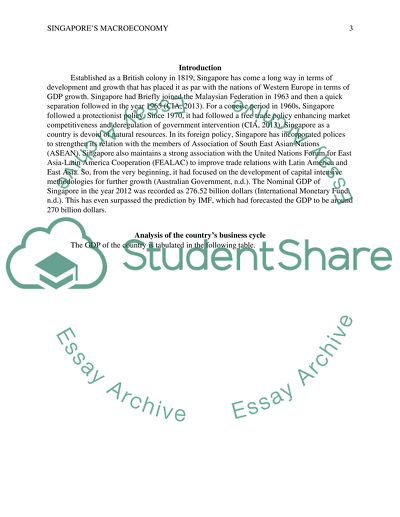Cite this document
(“Singapore's Macroeconomy Essay Example | Topics and Well Written Essays - 3000 words”, n.d.)
Singapore's Macroeconomy Essay Example | Topics and Well Written Essays - 3000 words. Retrieved from https://studentshare.org/macro-microeconomics/1494173-singapore-s-macroeconomy
Singapore's Macroeconomy Essay Example | Topics and Well Written Essays - 3000 words. Retrieved from https://studentshare.org/macro-microeconomics/1494173-singapore-s-macroeconomy
(Singapore'S Macroeconomy Essay Example | Topics and Well Written Essays - 3000 Words)
Singapore'S Macroeconomy Essay Example | Topics and Well Written Essays - 3000 Words. https://studentshare.org/macro-microeconomics/1494173-singapore-s-macroeconomy.
Singapore'S Macroeconomy Essay Example | Topics and Well Written Essays - 3000 Words. https://studentshare.org/macro-microeconomics/1494173-singapore-s-macroeconomy.
“Singapore'S Macroeconomy Essay Example | Topics and Well Written Essays - 3000 Words”, n.d. https://studentshare.org/macro-microeconomics/1494173-singapore-s-macroeconomy.


